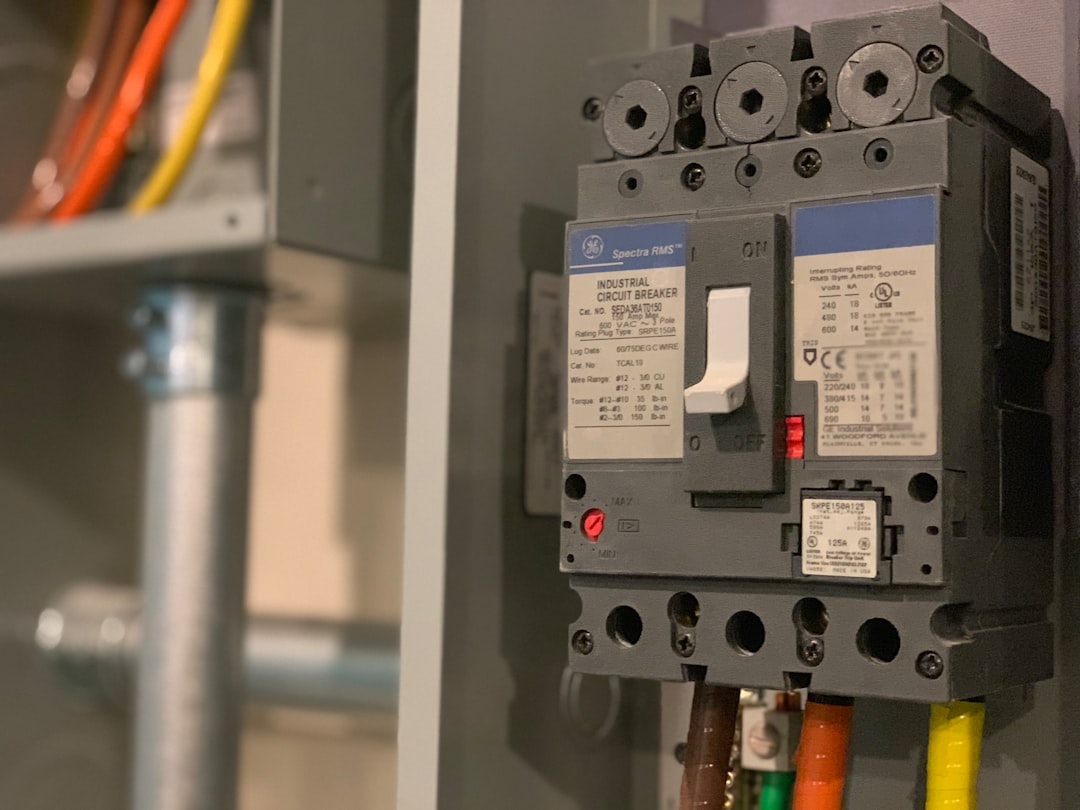Understanding the Real Cost to Install an Electrical Sub Panel
For construction professionals planning to expand electrical capacity, installing a sub panel is essential. Costs can vary significantly based on project specifics. In San Diego, typical costs range from $1,200 to $6,500 depending on the panel size and complexity of installation. This guide provides a detailed breakdown of costs and considerations for trade professionals.
Key Cost Components
- Small sub panel (40–60 amps): $1,200 – $2,000
- Mid-size panel (70–100 amps): $2,000 – $3,500
- Large upgrade (125–200 amps): $3,500 – $6,500
These estimates include labor, materials, and permits. Additional features like arc-fault breakers or surge protection can increase costs.
Factors Influencing Costs
- Amperage Rating: Higher ratings require more expensive components.
- Feeder Distance: Longer wire runs increase material costs.
- Location & Accessibility: Installing in finished spaces adds labor for demolition and repair.
- Service Upgrades: Coordination with utilities can add to expenses.
- Permit & Inspection Fees: Vary by municipality.
Optimizing Your Project Budget
To avoid overestimating costs, consider these strategies:
- Schedule installations during off-peak seasons to reduce labor costs.
- Bundle electrical work to save on concurrent installations.
- Use copper-clad aluminum where code permits to lower material costs.
Material Costs for a 100-Amp Sub Panel
- 100-amp load center: $140 – $220
- #3 AWG copper feeder (50 ft): $320 – $380
- Two-pole 100-amp breaker: $45 – $70
- Assorted breakers (6): $90 – $150
- Ground bar kit & lug kit: $25 – $40
- EMT conduit, straps, connectors: $60 – $90
- Fasteners, fire caulk, labels: $25 – $40
- Total materials: $700 – $990
Project Timeline
A typical installation spans three days:
- Day 1: Rough-in wiring and panel mounting.
- Day 2: Inspection and drywall repair.
- Day 3: Final connections and clean-up.
Pro Tips for Cost Efficiency
- Ensure clear access to work areas to minimize labor hours.
- Approve finishes and paint colors before starting work.
Financing and ROI
Panel upgrades may qualify for rebates or incentives, especially when paired with solar installations. Understanding these options can enhance project ROI.
Case Study: Del Mar EV-Ready Remodel
A Del Mar homeowner upgraded to a 125-amp sub panel for an EV charger and future ADU. The project was completed under budget, showcasing effective cost management strategies.
Project Overview
- Relocated 60-amp panel to garage.
- Installed 125-amp feeder through attic.
- Added circuits for EV charger.
- Patched and repainted exterior.
AI Estimate vs. Actual Spend
- AI estimate: $4,280
- Final invoice: $4,260
The project was successful due to accurate initial estimates and effective supplier coordination.
Client Feedback
“CountBricks delivered exactly what they promised—no hidden fees, no delays.” – M. Torres, Del Mar

